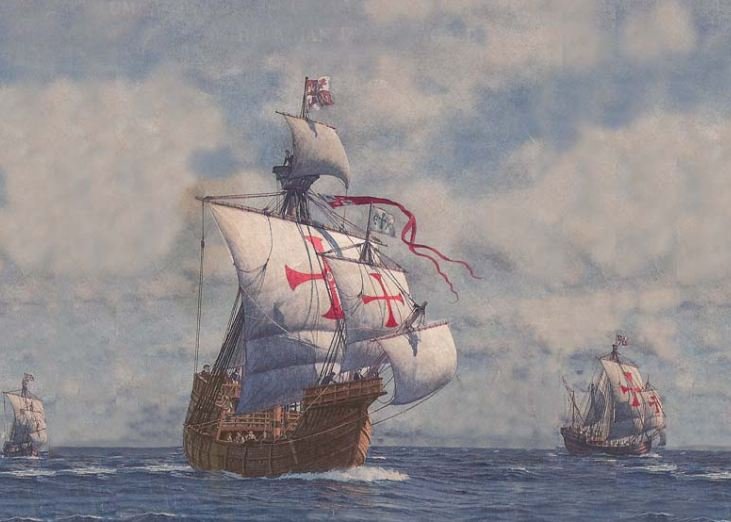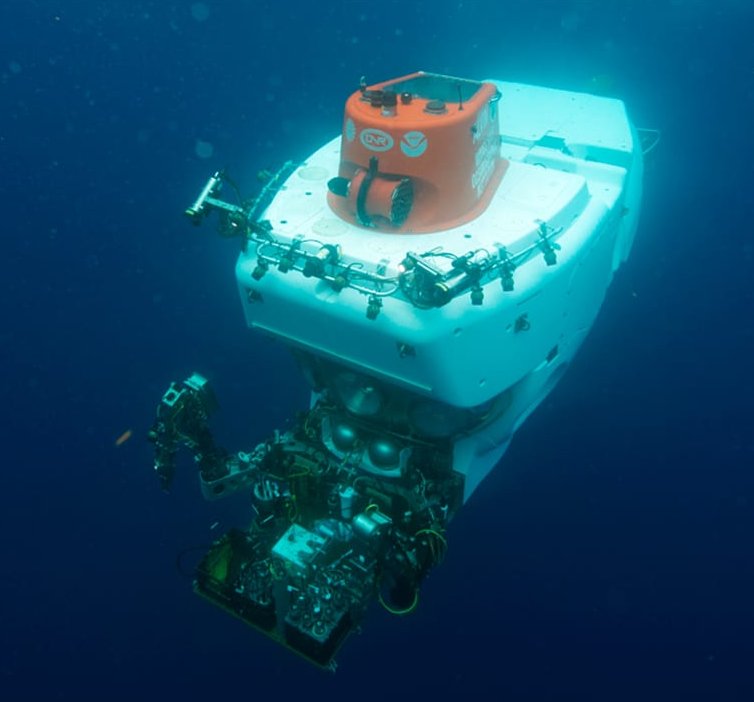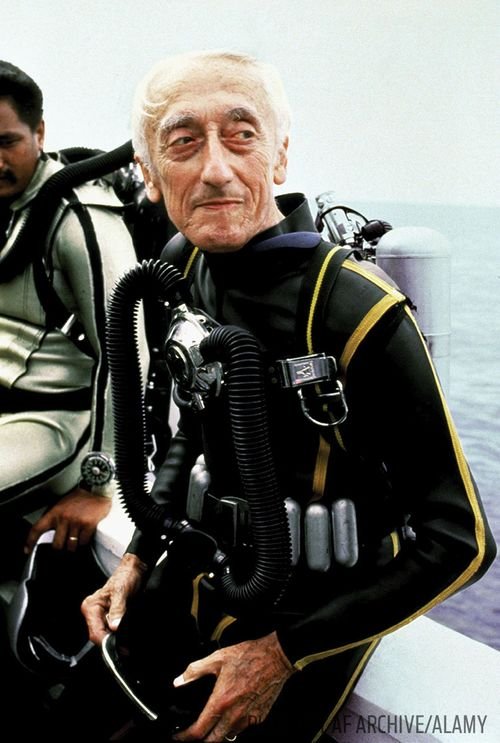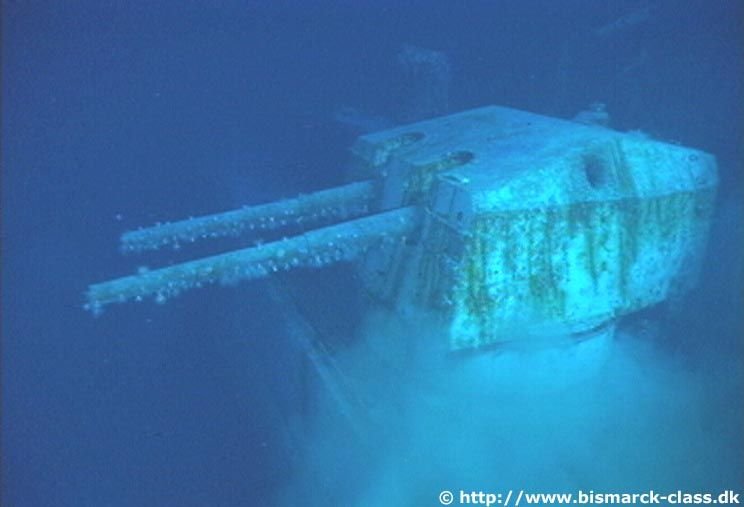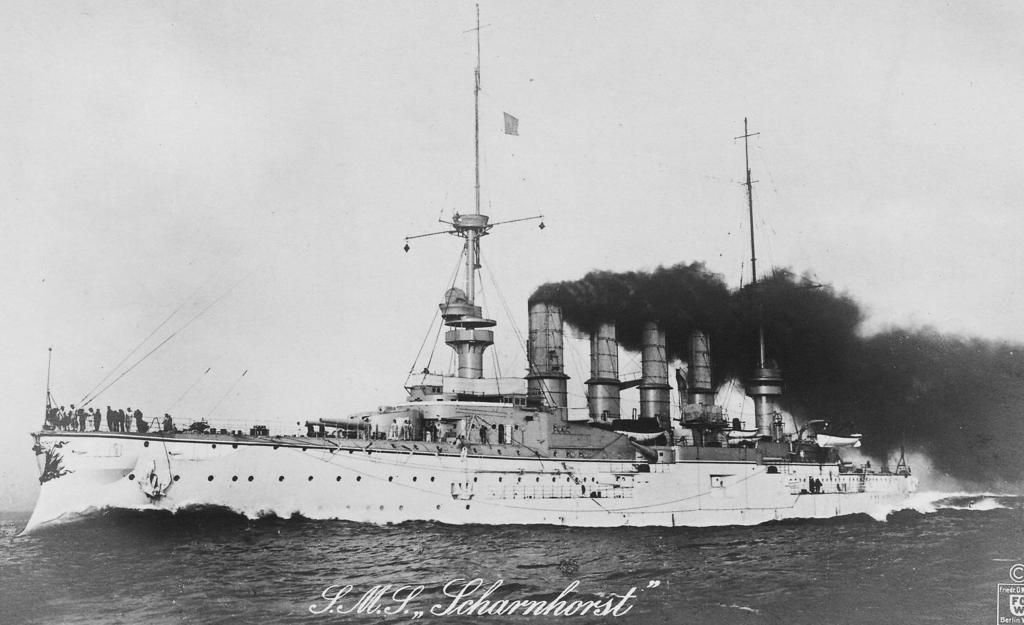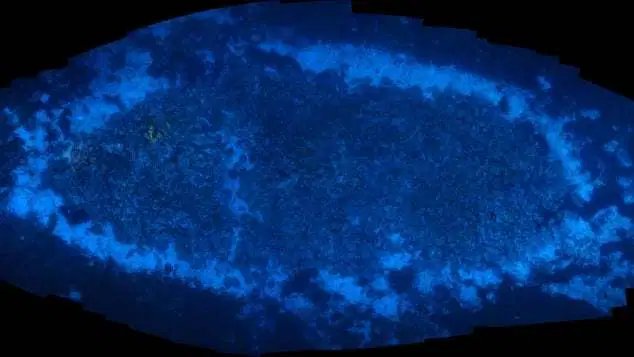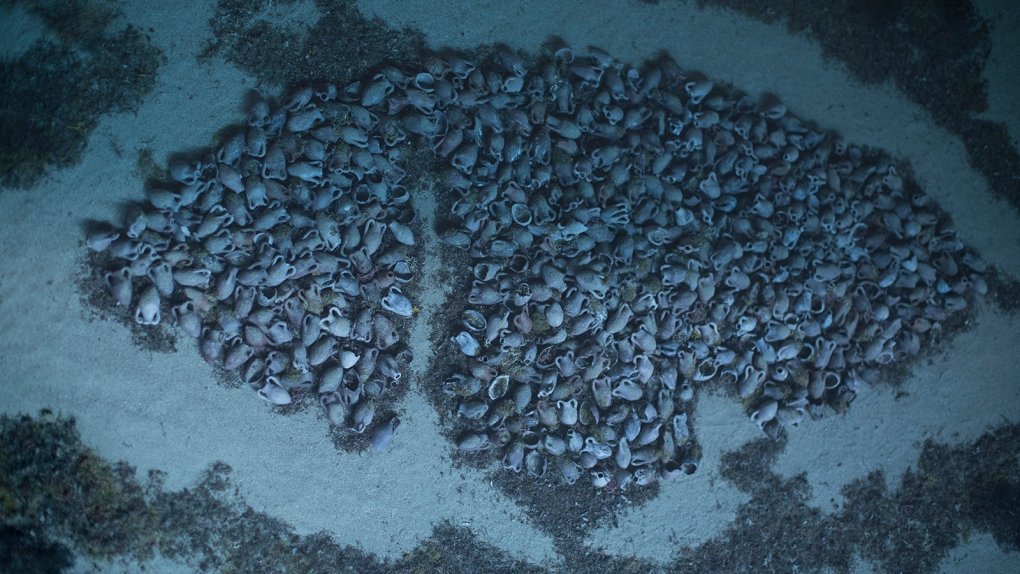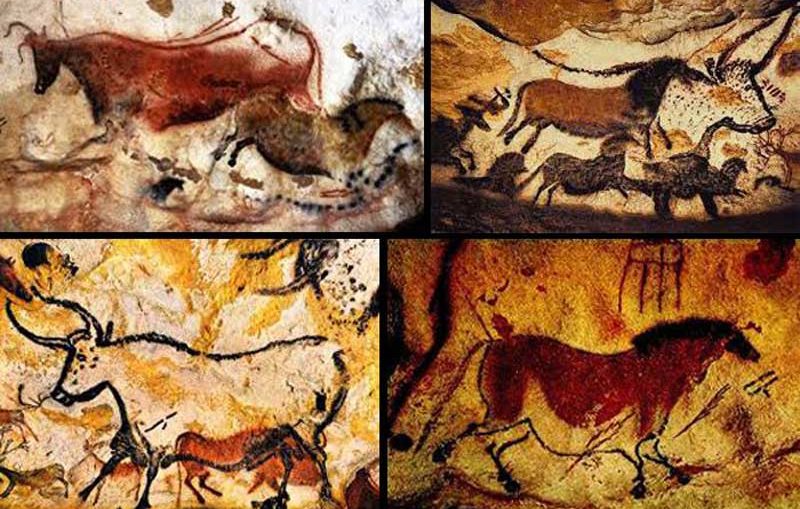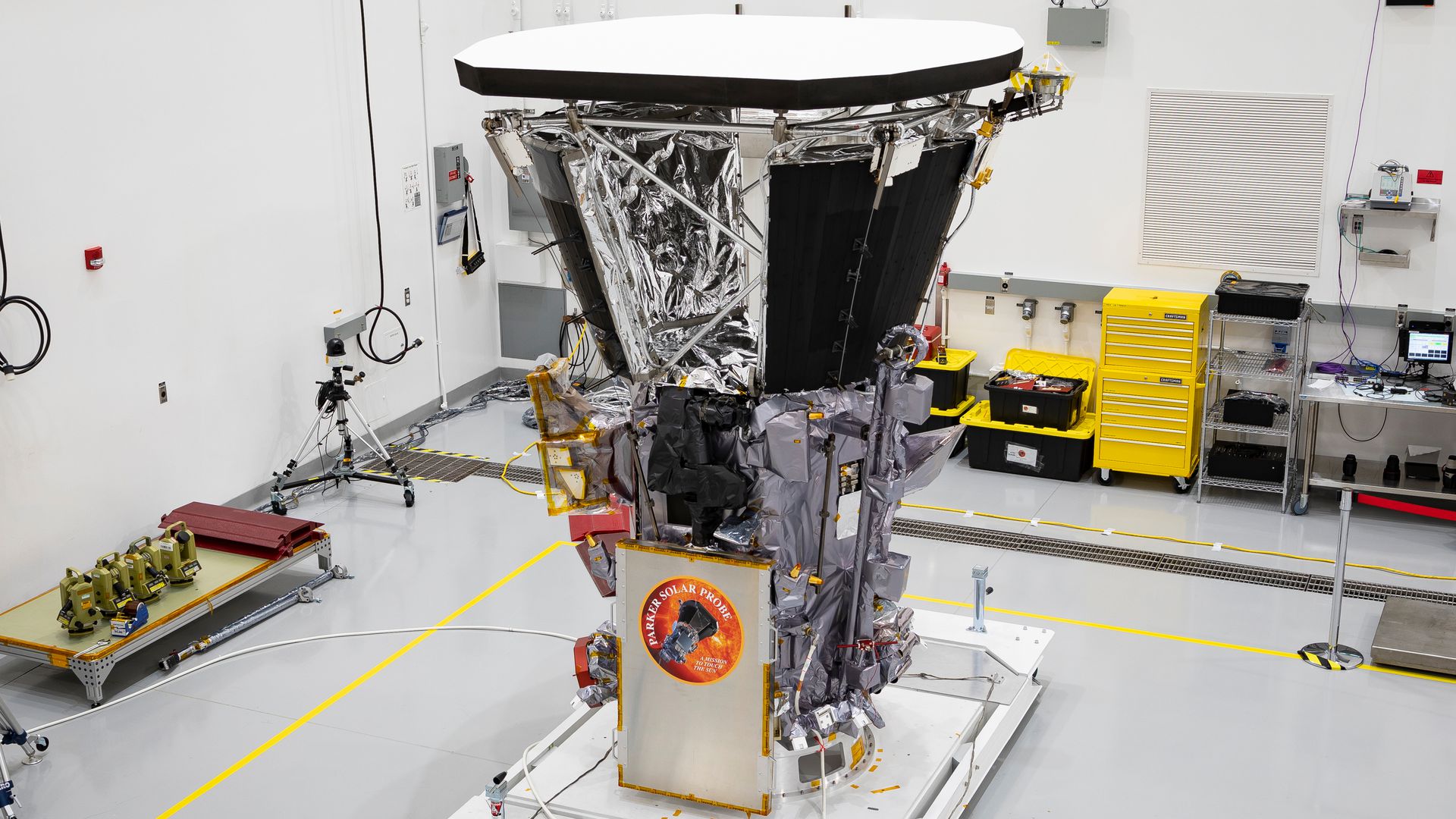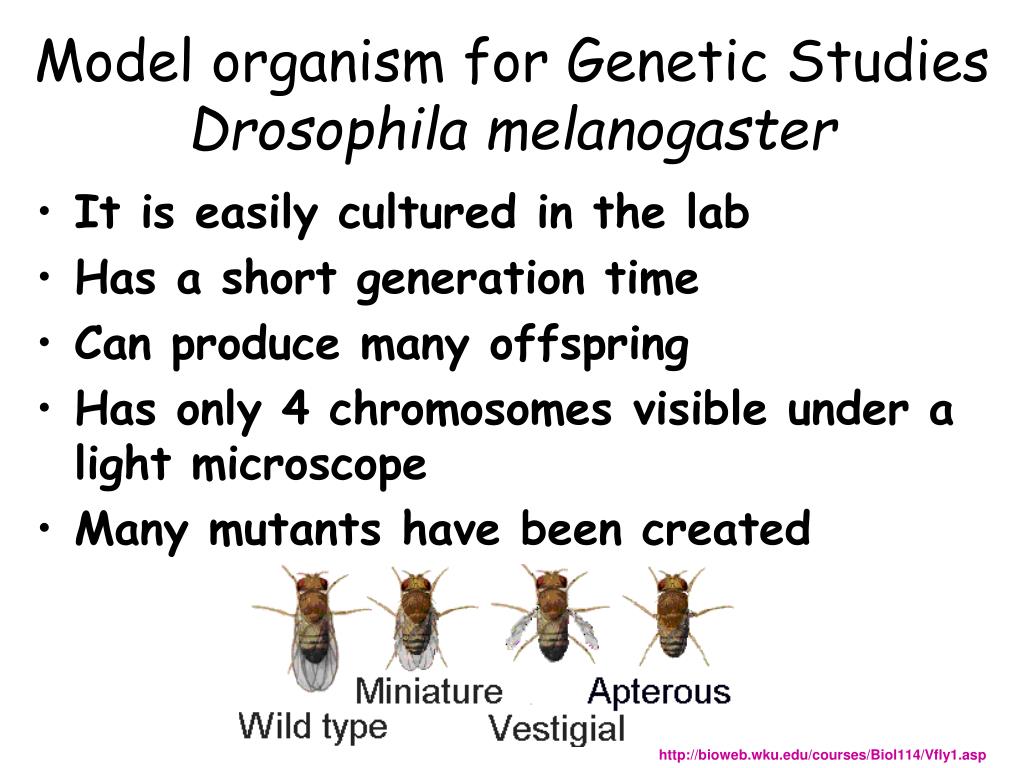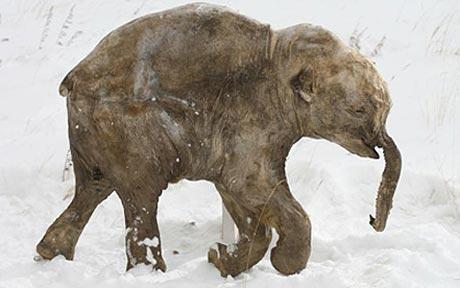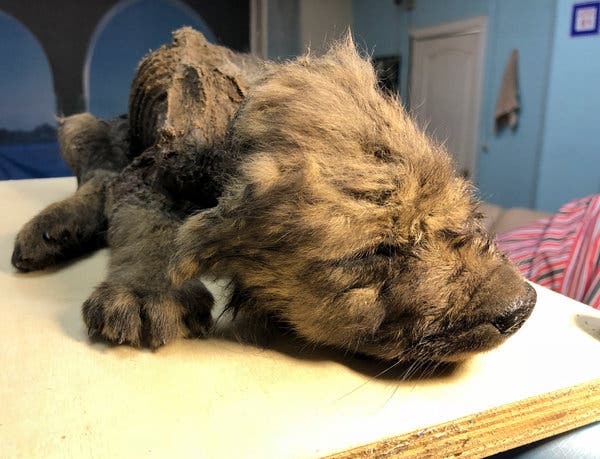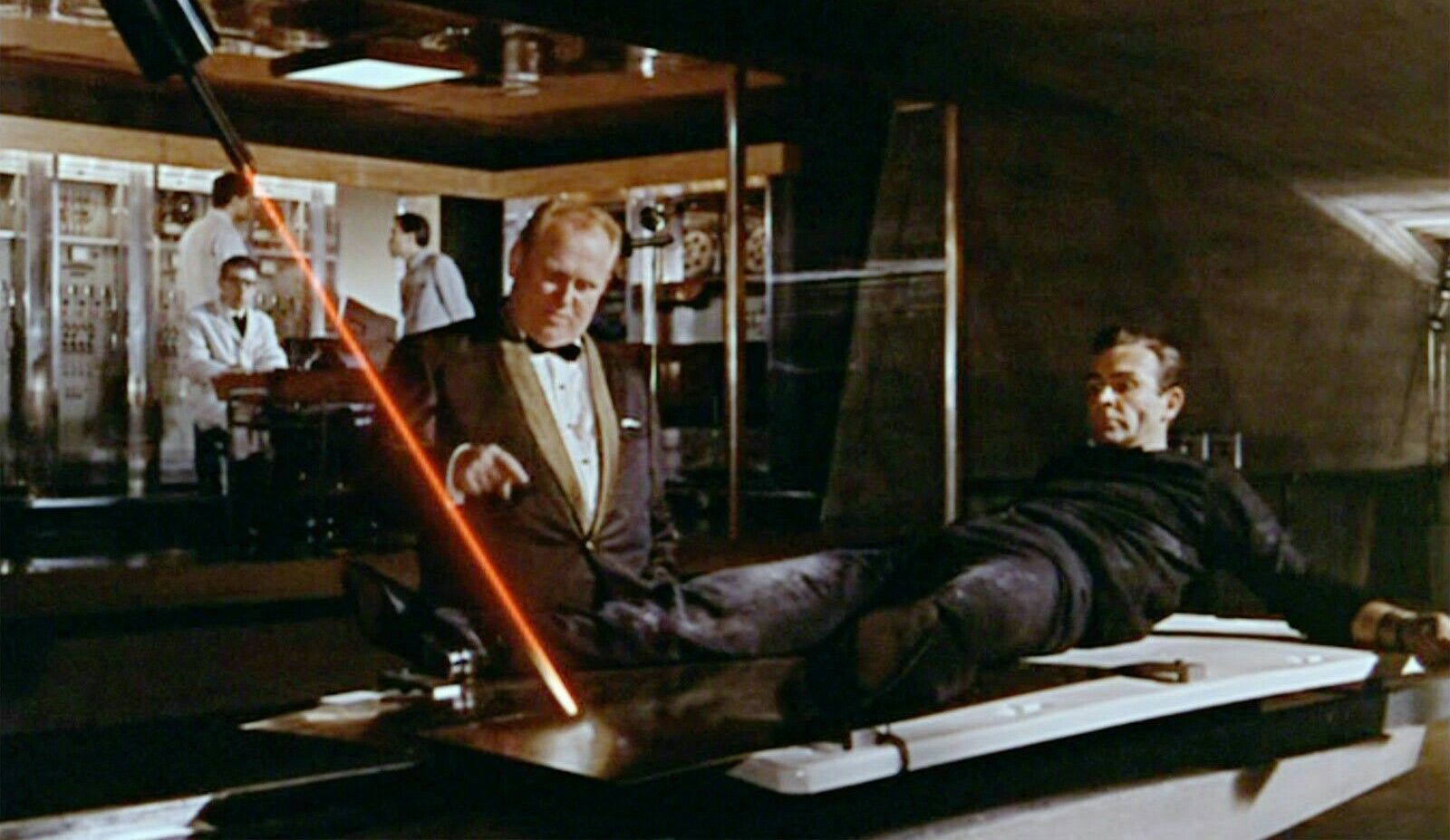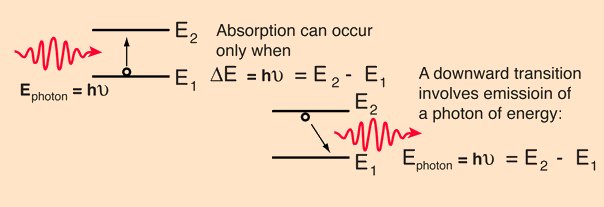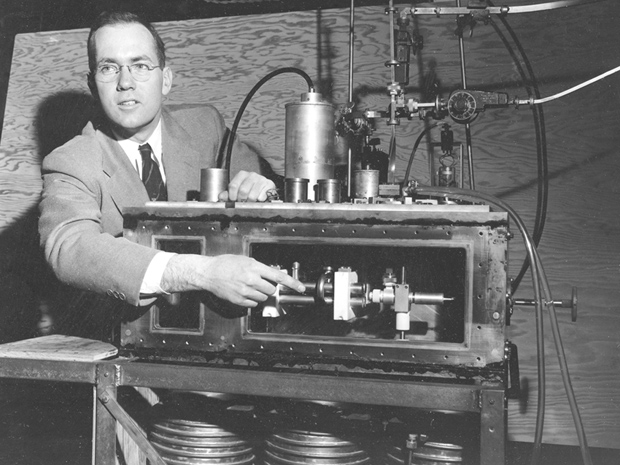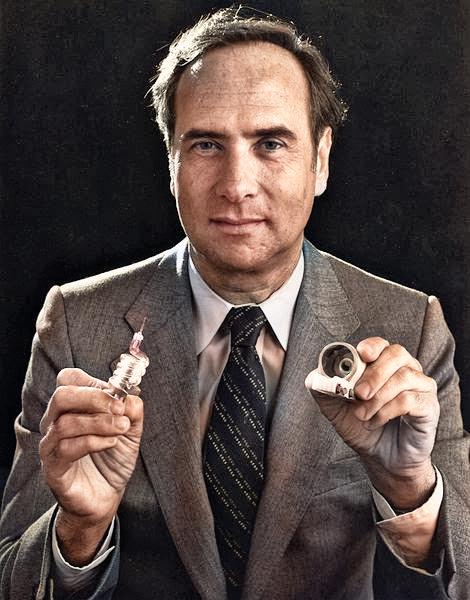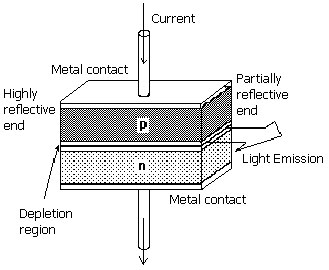There a lot going on in space right now. There’s both good news and bad. Let’s deal with the bad news first.
By now I’m certain that you’ve heard about the problems that occurred during the Orbital Test Flight (OTF) of Boeing’s Starliner space capsule. Planned as an unmanned flight to the International Space Station (ISS) the OFT was to be the last scheduled test of Starliner before manned missions could begin hopefully starting early next year.

The launch of Starliner took place as scheduled at 6:36AM on December 20th with the Atlas V booster rocket making what looked like a perfect takeoff. The trouble started about 15 minutes later as the capsule was ordered to make a 40 second burn designed to circularize the spacecraft’s orbit. That orbital insertion burn suffered an ‘anomaly’ however, burning for far too long and using up the majority of Starliner’s maneuvering fuel.
Because of that anomaly Starliner was left without enough maneuvering fuel to successfully make its planned rendezvous with the ISS. Since the mission could not complete its most important objective it was quickly decided to terminate the planned eight-day mission after only two days. Starliner’s re-entry and landing took place without incident on the 22nd of December.
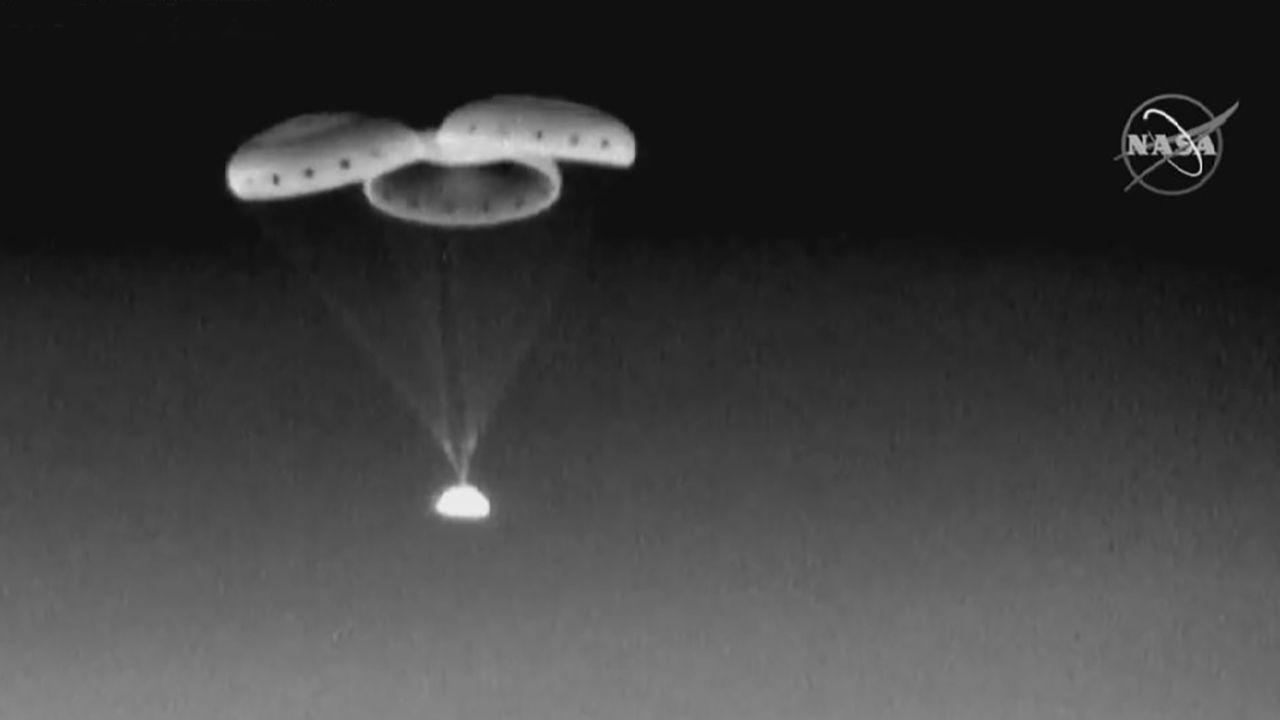
Faced with Starliner’s problems both NASA and Boeing stressed that had any astronauts been on board they would never have been in any danger. Indeed, it is likely that a human pilot would have recognized that there was a problem with the engine burn and quickly corrected it before the capsule had used up so much fuel.

Still there definitely was a problem and speculation as to the cause is already spreading across the Internet. At the moment it appears that what happened was that the computer onboard Starliner grabbed the wrong ‘Start Time Clock’ signal from the rocket’s first stage clock. (Since the liftoff of the first stage is the official start of the mission its clock is the master clock for the entire launch system and payload.) By grabbing the wrong time Starliner thought it was in a different segment of the mission and performed an orbit insertion burn rather than the required orbit circularization burn.
How long of a delay this problem is going to cause for the Starliner program is unknown at present. The solution could be just a software fix but hey, the solution to the problems of Boeing’s 737 max 8 aircraft was only supposed to be a software fix and that program is still a mess after more than a year. The big question is probably whether or not NASA will require another OFT in order to verify that the fix, whatever it is, really works. In that event the first manned launch of Starliner would almost certainly be pushed back into late next year.
Meanwhile Boeing’s rival Space X is also preparing for the final test of its Dragon capsule early next month, in this case the test an in-flight abort test. So the space race between Boeing and Space X as to which will be the first to successfully launch a manned mission could go down to the wire. Right now it’s anybody’s guess who will win.
NASA also has a capsule of their own, the Orion capsule which is designed to carry astronauts beyond Low Earth Orbit (LOE), back to the Moon and perhaps one day even to Mars. For its Lunar missions Orion will be launched atop NASA’s massive Space Launch System (SLS). Both programs are several years behind schedule however and in fact the problems with the completion of the SLS is causing another blackeye in Boeing’s reputation.
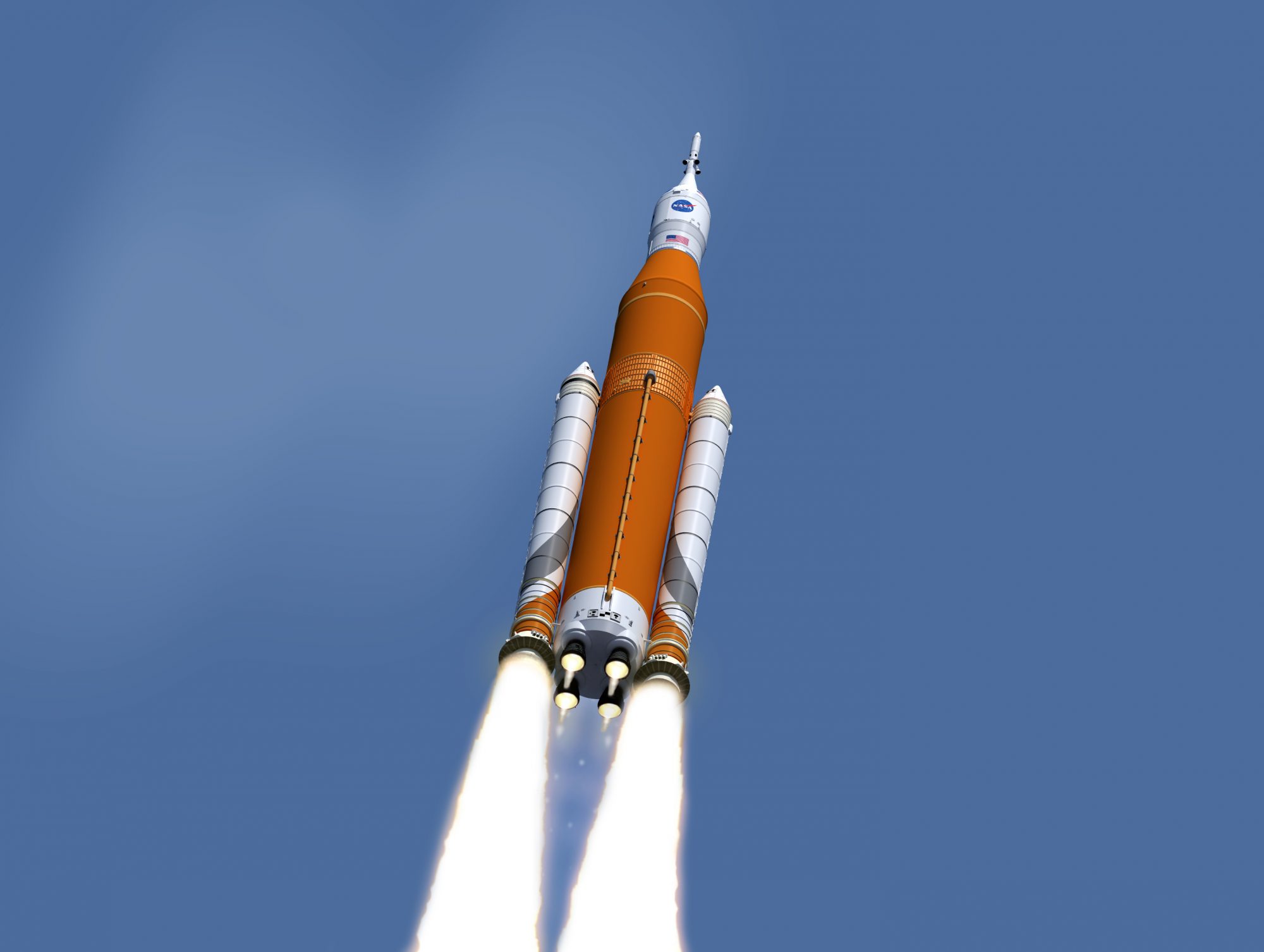
The current hope is that an unmanned flight test of both the SLS and Orion, officially referred to as Exploration Mission -1 or XM-1, will take place in late 2020 with a goal of taking the capsule into and back from Lunar orbit. XM-1 will be the first mission in NASA’s ambitious Artemis program for returning humans to the Moon by 2024, a program that I have previously criticized as being already behind schedule, overly ambitious and underfunded.
Now NASA has announced plans to include two human dummies in the Orion capsule for that initial test flight. The dummies will be used to measure the effectiveness of NASA’s new anti-radiation vest known as StemRad. The space agency has long been concerned about the exposure to radiation that astronauts will be subjected to on missions beyond Earth’s protective magnetic field and into deep space. StemRad is one of the solutions the space agency is currently developing.
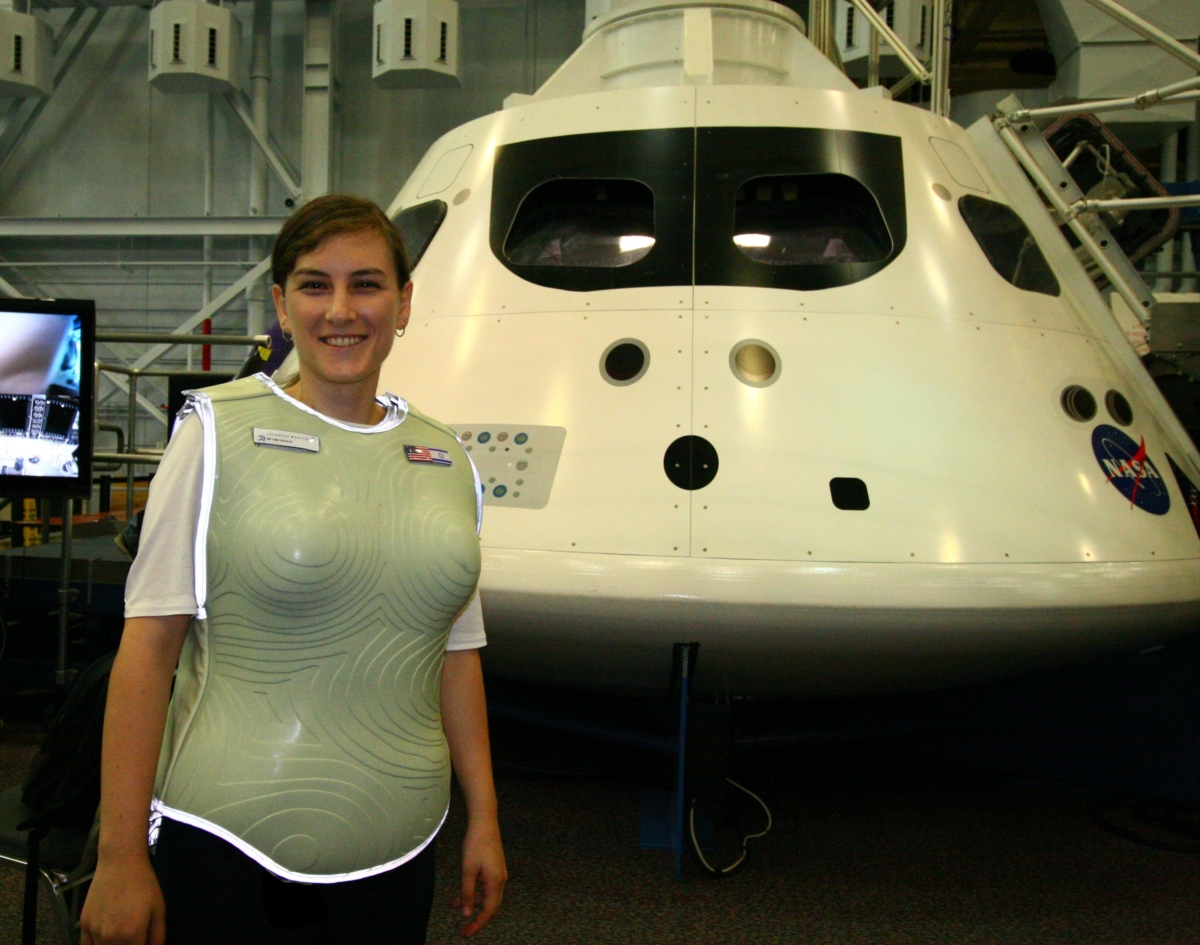
Employing polyethylene blocks to shield against solar radiation StemRad is designed to fit over the vital organs of its wearer giving the maximum of protection while imposing the minimum restrictions on the wearer’s movements. Also, because studies have shown that woman are more susceptible to harm from radiation than men are the dummies to be sent to the Moon will be female.
The plan for the XM-1 mission is for both dummies to be outfitted with radiation sensors but only one will wear StemRad. A direct comparison of the radiation exposure between the two dummies will then be a measurement of the effectiveness of the vest. At the moment StemRad is ready to go, it remains to be seen if Orion and the SLS will be.
Finally a somewhat smaller story caught my eye, a story about a space mission that could have huge consequences some day in the future. In my posts of 14 October 2017 and 11 May 2019 I talked about NASA’s plans for a mission to attempt to perturb the orbit of the smaller of the two asteroids in the system known as Didymos. This perturbation is intended as the first practical test of a planetary defense system. Officially the mission is known as the Double Asteroid Redirection Test or DART and the plan is to literally have a space probe slam into the smaller asteroid called Didymoon.

Scheduled to be launched aboard a Space X Falcon 9 rocket in July of 2021 the DART probe is expected to reach Didymos in October of 2022. Once DART has impacted into Didymoon Earth based telescopes will then monitor the changes in the smaller asteroid’s orbit caused by the crash.
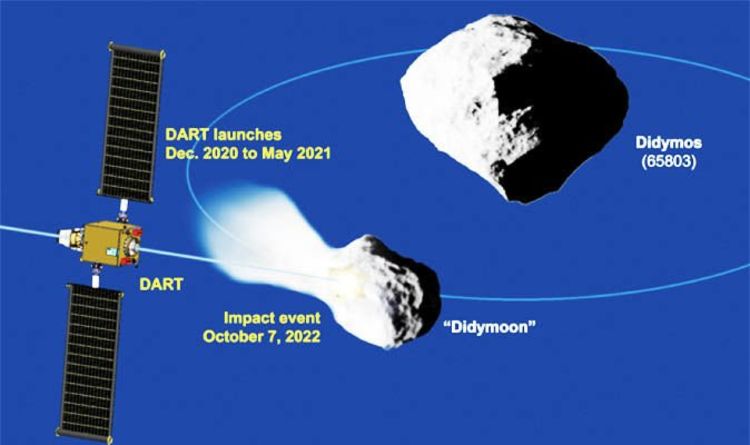
Of course a second space mission to measure those changes from close up would provide even more accurate measurements and now it appears there will be such a mission. The European Space Agency (ESA) has officially approved a new mission called Hera that will study the Didymos system starting in either 2025 or 2026.

In addition to measuring the effect of the Dart collision Hera will also land a small cubesat on each asteroid. Together the DART and Hera missions will give scientists their first actual measured data of an asteroid deflection. Such information will help in the development of a defensive program to protect our plant from an asteroid collision like the one that caused the extinction of the dinosaurs.
So as you can see it was a busy month in space. Some progress, some problems, I suppose that’s why they call it rocket science.


